Now that POLSTRACC found a successful ending it is time for some of us at IEK-7 to pack our bags and instruments (again) to start the next campaign. Marc and I (Corinna) will take over and try our best to keep you updated and informed about the coming events concerning the new project StratoClim.
For those of you, who followed Isabell’s blog entries:
What stays the same? The first campaign base will also be in Kiruna (Sweden), the project involves again instruments taking measurements on a research aircraft, some faces ..
What is different? Everything else… 😉
StratoClim in a nutshell
StratoClim is an EU-funded project and short for ‘Stratospheric and upper tropospheric processes for better climate predictions’ involving 28 partners from 11 countries with a total cost of about 12 million Euros. It started in December 2013 and has a duration of 52 months. Short: It is big! There are two aircraft campaigns that we are involved in, the test campaign in Kiruna and the main campaign in India, during the Asian monsoon season.
In case you became more curious about StratoClim you are welcome to visit the web-site: http://www.aerosols-climate.org/
The Test Campaign: Sooo soon!
Why do we need a test campaign? Many instruments in StratoClim are new on the research aircraft Geophysica, so it is important to test and optimize them before taking them to the main campaign in India. This campaign starts on the 15th of April with a duration of two weeks..
To have all of our instruments, tools and necessary lab equipment in Kiruna on time, we already packed a container and shipped it to Kiruna last Friday.
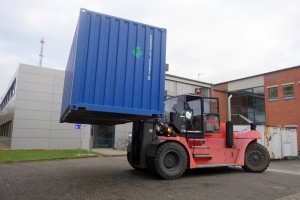
picture by Anne Richter

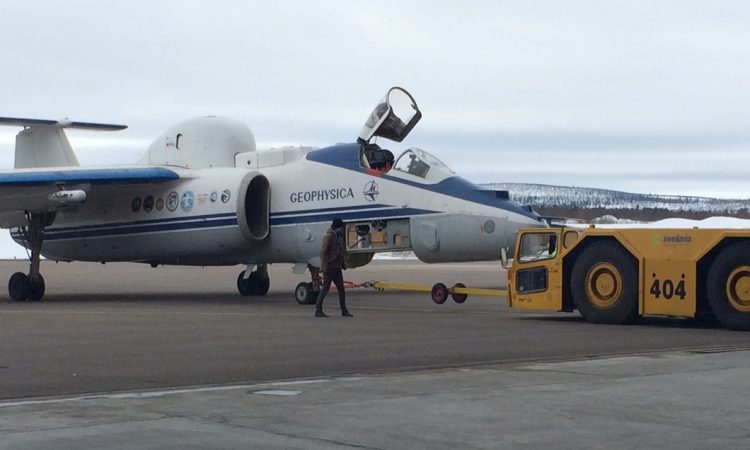
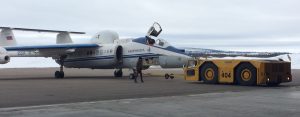

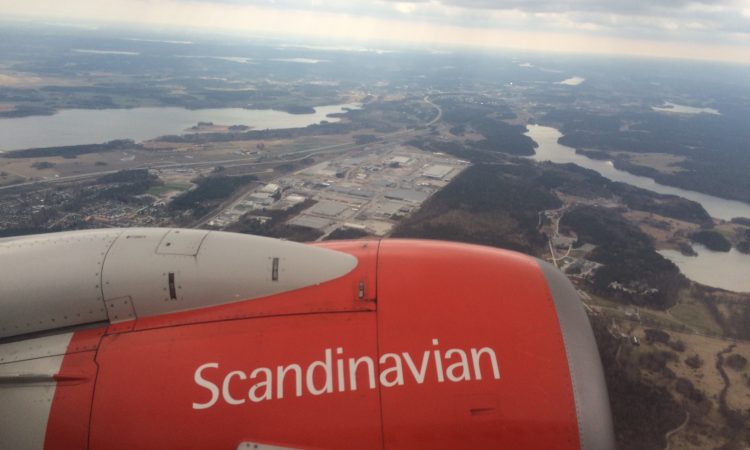
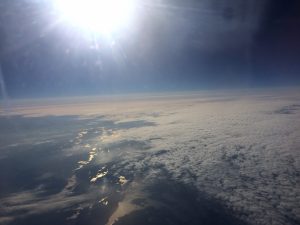
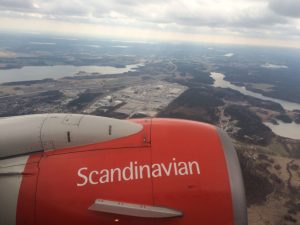



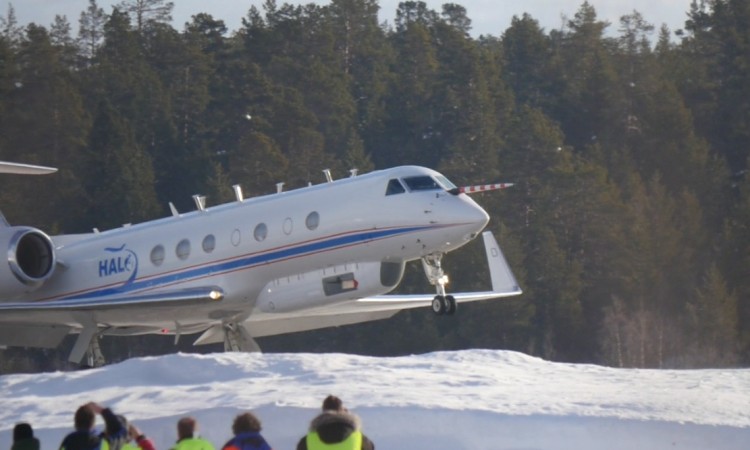
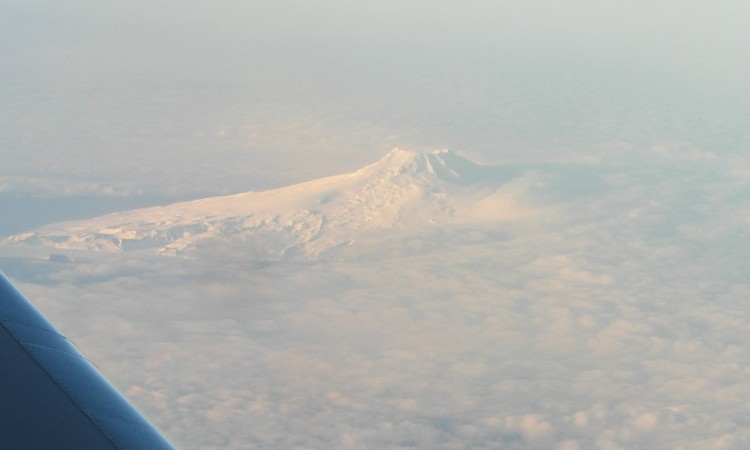
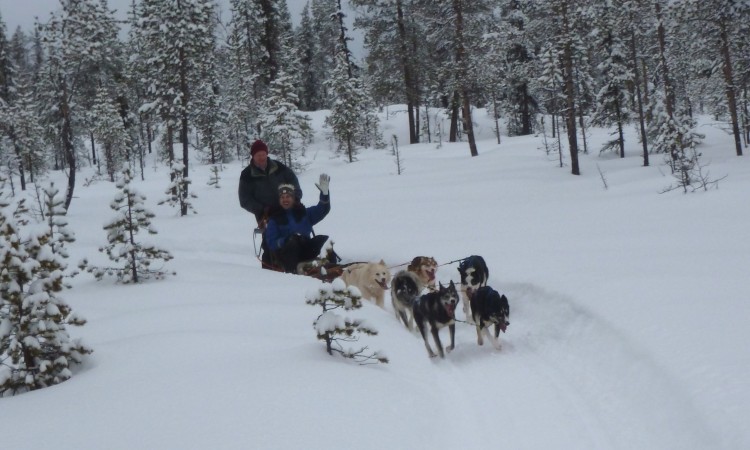


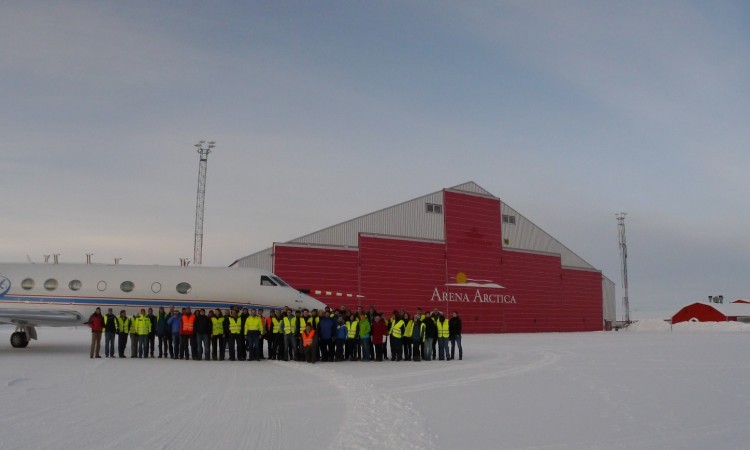
Recent Comments